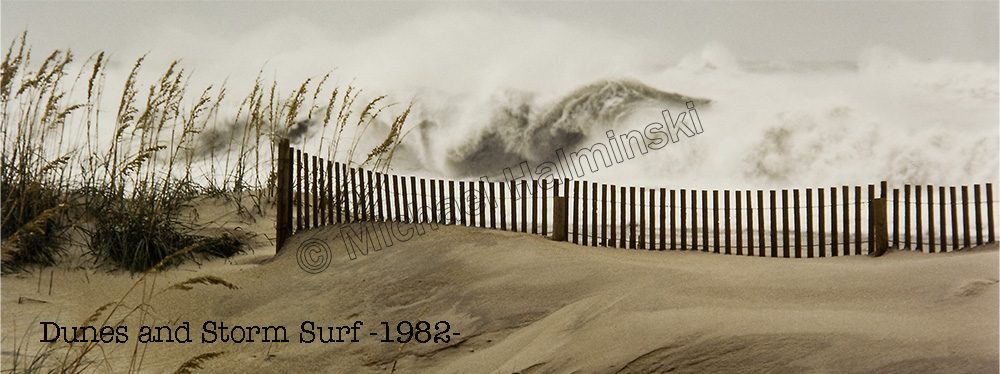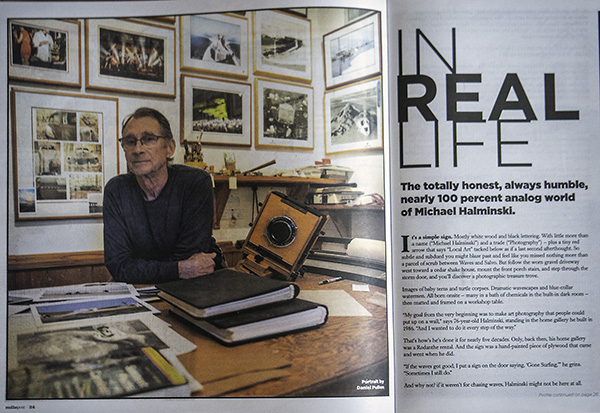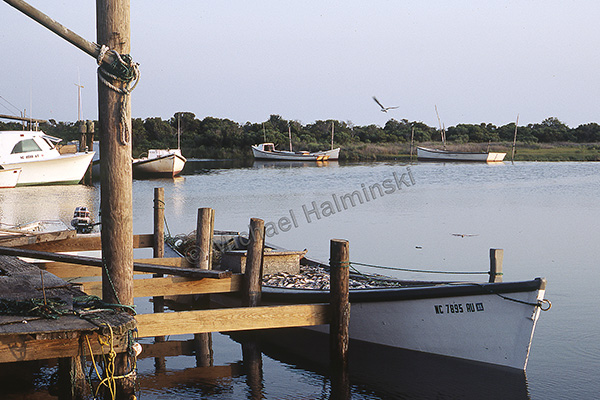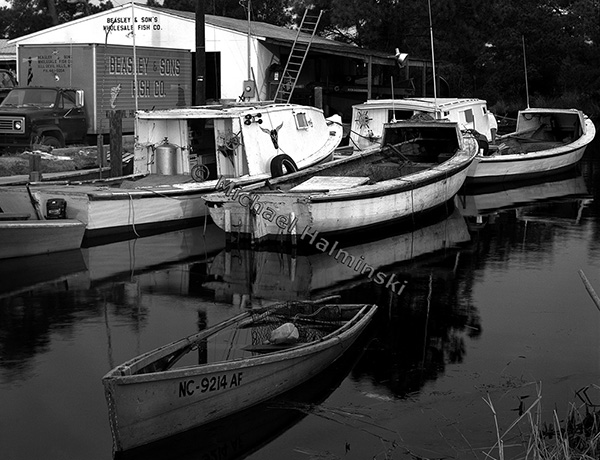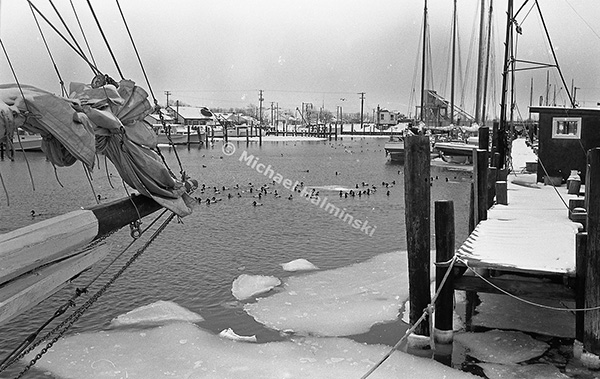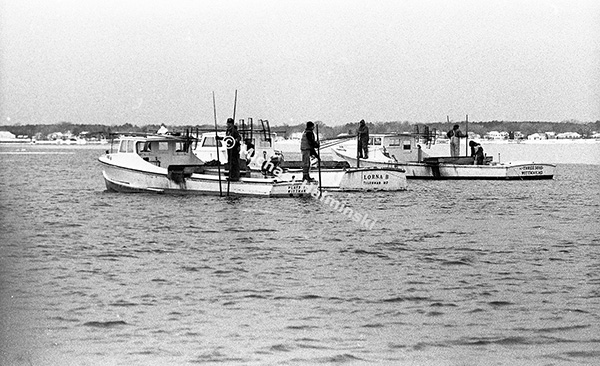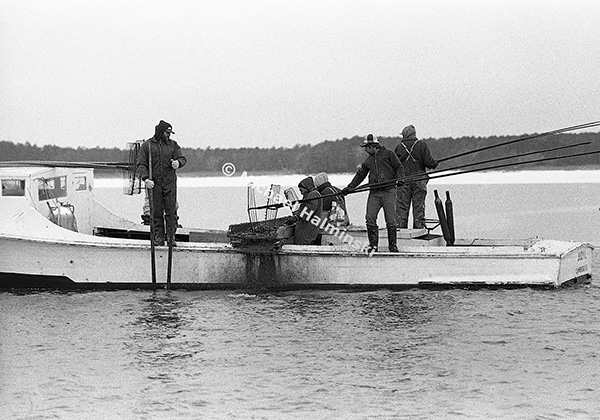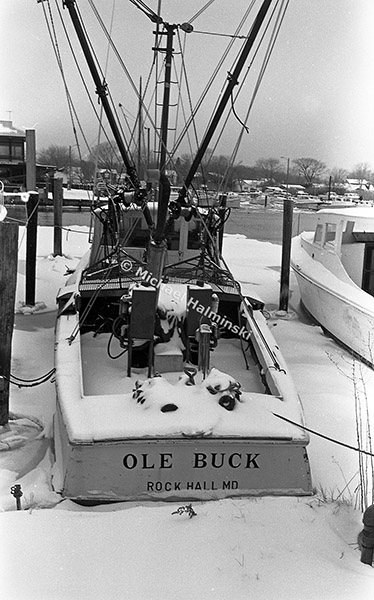Over the years, numerous publications have appeared on the Outer Banks. Early on I worked with some of them, but not so much in recent years.
This past February I was invited to give a presentation at one of the North Carolina Coastal Federation monthly meetings. Expecting a handful of attendees, I was surprised when 30 or 40 folks showed up. My talk went for over an hour and consisted of 74 images, covering about 50 years of work. Matt Walker, editor of Milepost was there, and later asked about profiling me for Issue 14.2, that would come out this summer.
After several onsite interviews at my studio, we finished up when my friend, photographer Daniel Pullen came in to shoot a portrait. I’ve long had great respect for his outstanding work.
Milepost is a free publication and distributed throughout the outer banks. Pick one up to see the big story. As a back issue, it will be posted later on the magazine’s website.
